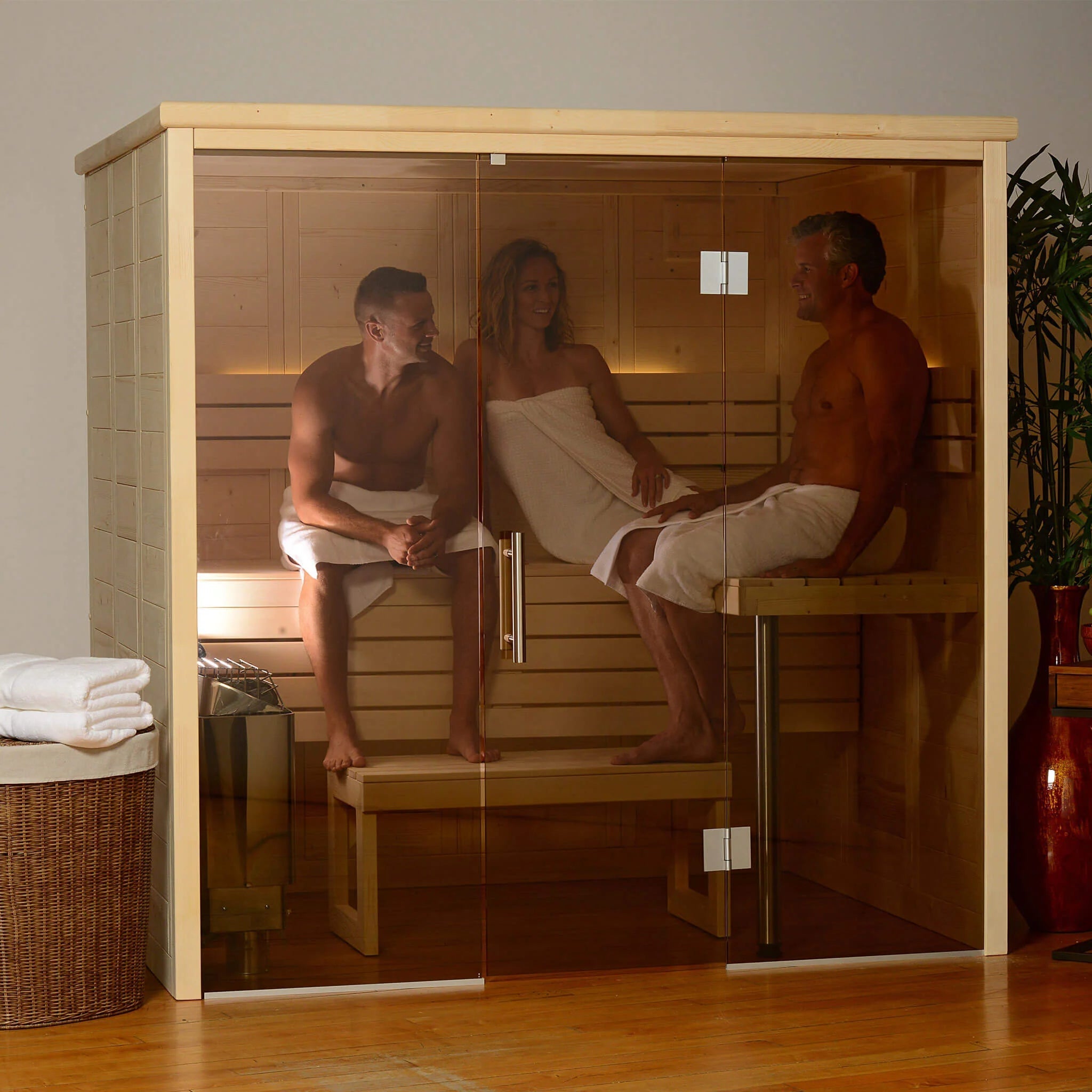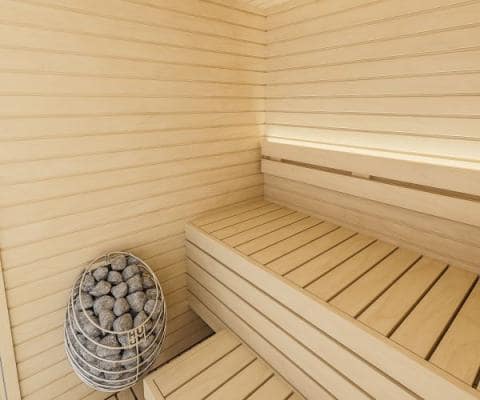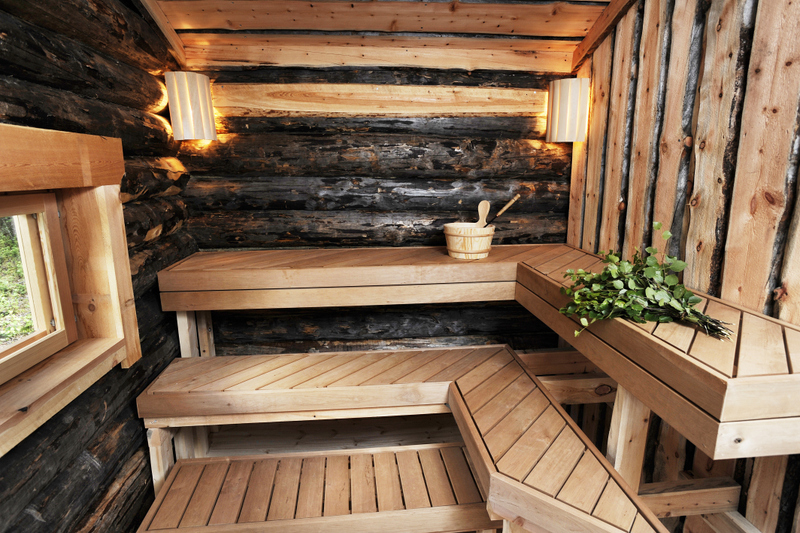Some Known Questions About Traditional Sauna.
Some Known Questions About Traditional Sauna.
Blog Article
Traditional Sauna Fundamentals Explained
Table of ContentsEverything about Traditional SaunaTraditional Sauna for BeginnersThe Of Traditional Sauna6 Simple Techniques For Traditional Sauna5 Easy Facts About Traditional Sauna Shown
Many of the weight lost in a sauna is water loss and is re-gained upon rehydrating. However, undeniably sauna can be a vital component of a healthy and balanced weight-loss program. To look at the distinctions between traditional and IR saunas, I will certainly divide these into proven, theoretical, and fabricated differences.Thus, the best point in the saunawhich goes to the ceiling directly over the sauna heateris typically in between 185 and 190 F. Claims that a typical sauna surpasses 200 F is merely not real and not suitable for electric saunas marketed in the US. The temperature level for a far-infrared sauna is usually established between 120 and 140 F; nonetheless, unlike the traditional sauna, the objective in and IR area is not to accomplish a heat.
Due to this, the temperature distinction is nearly unimportant, given that excessive sweating causes both sauna kinds, however the method of heating up the body is various. In an IR sauna the bather will certainly feel hot and will certainly sweat profusely, however at a lot lower temperatures (Traditional Sauna). Therefore, if the goal is to invest longer amount of times in the sauna, the IR sauna is a great selection
When a typical sauna has been appropriately warmed, the sauna walls are warm, the air temperature has attained set temperature level and the rocks are very warmed. As a fascinating side note, the warmed walls and the rocks are discharging far-infrared heat, integrated with the warmed air, to develop an "enveloping warmth".
Getting My Traditional Sauna To Work

When the heat is achieved, the components cycle on and off to keep the heat. Many typical sauna customers appreciate putting water over the rocks to develop heavy steam to elevate sauna humidity levels. The benefits of putting water over the rocks consist of: making the area much more comfy, dampening the nasal flows, and enabling the usage of aromatherapy by mixing essential oils with the water.

When the power goes into the body, it causes the body temperature level to raise and ultimately leads to perspiration. In an infrared sauna it is essential for the emitters/heaters to remain on practically regularly. Given that there is no mass of rocks to preserve warm, the sauna will cool down if the emitters closed off.
As pointed out above, the sauna bather in an infrared area desires to place himself in front of running emitters to get optimal advantage from the heat. The home heating time for the 2 rooms can be extremely various, relying on exactly how the rooms are made use of. For a conventional sauna, a bather ought to permit 30-40 mins for the area to achieve a wanted temperature and to effectively pre-heat the rocks.
The Best Guide To Traditional Sauna
A well constructed sauna will generally accomplish a temperature of 150-160 F in about 30-40 mins. For hotter temperature levels, the space may need to warmth for a longer duration.

Traditional saunas have a tendency to be bigger (hence utilize even more electrical energy) than infrared saunas, although conventional saunas are certainly available in one and 2 person dimensions also. For a two-person traditional sauna, 5x6 or 5x7 dimension is most preferred. The top bench can pleasantly seat two or 3 individuals and is additionally long enough to relax during the sauna session.
What Does Traditional Sauna Mean?
The average expense per kWH of power in the united state is approximately $0.11, so a 4.5 kW heating system will cost approximately $.50 to compete one hour, if the heater runs continually for one hour. Normally a sauna heater will compete 75% of the first hour and 50% of subsequent hours on given that the elements cycle once the set temperature is attained.

Ultimately, there is a seldom gone over difference in the social experience between both areas. While our society has actually shed a few of click site the social advantage of the typical sauna experience, it can be extremely socially gratifying (Traditional Sauna). From family members time in the sauna, to heart-felt discussions with better halves, to sauna partiesthe typical sauna experience can cause intimate interacting socially
All About Traditional Sauna
A lot of greater end infrared spaces include colored light treatment, noise systems and full-glass fronts.
Report this page